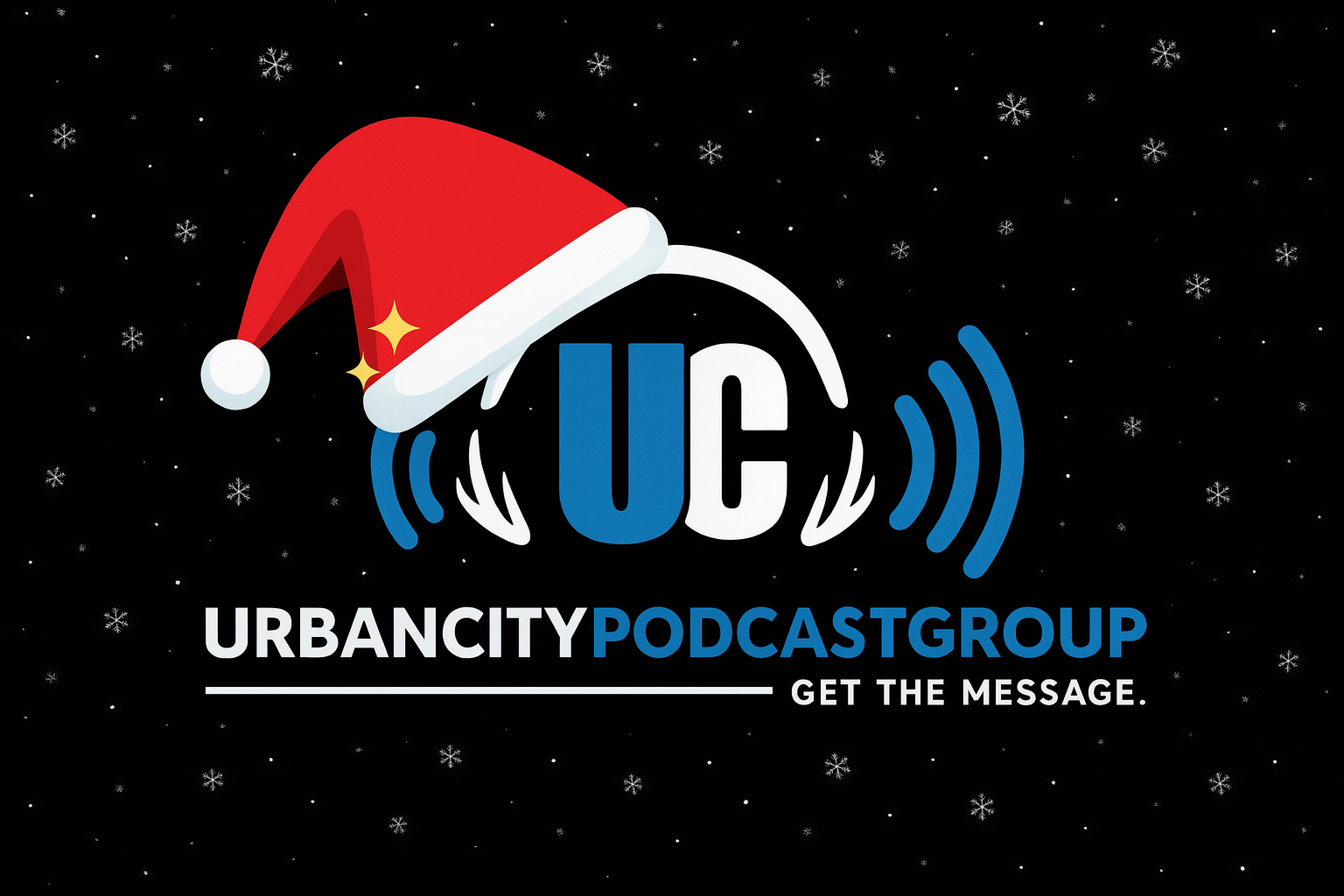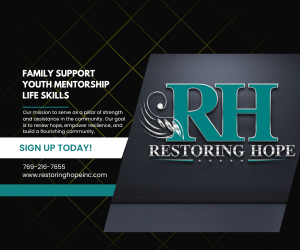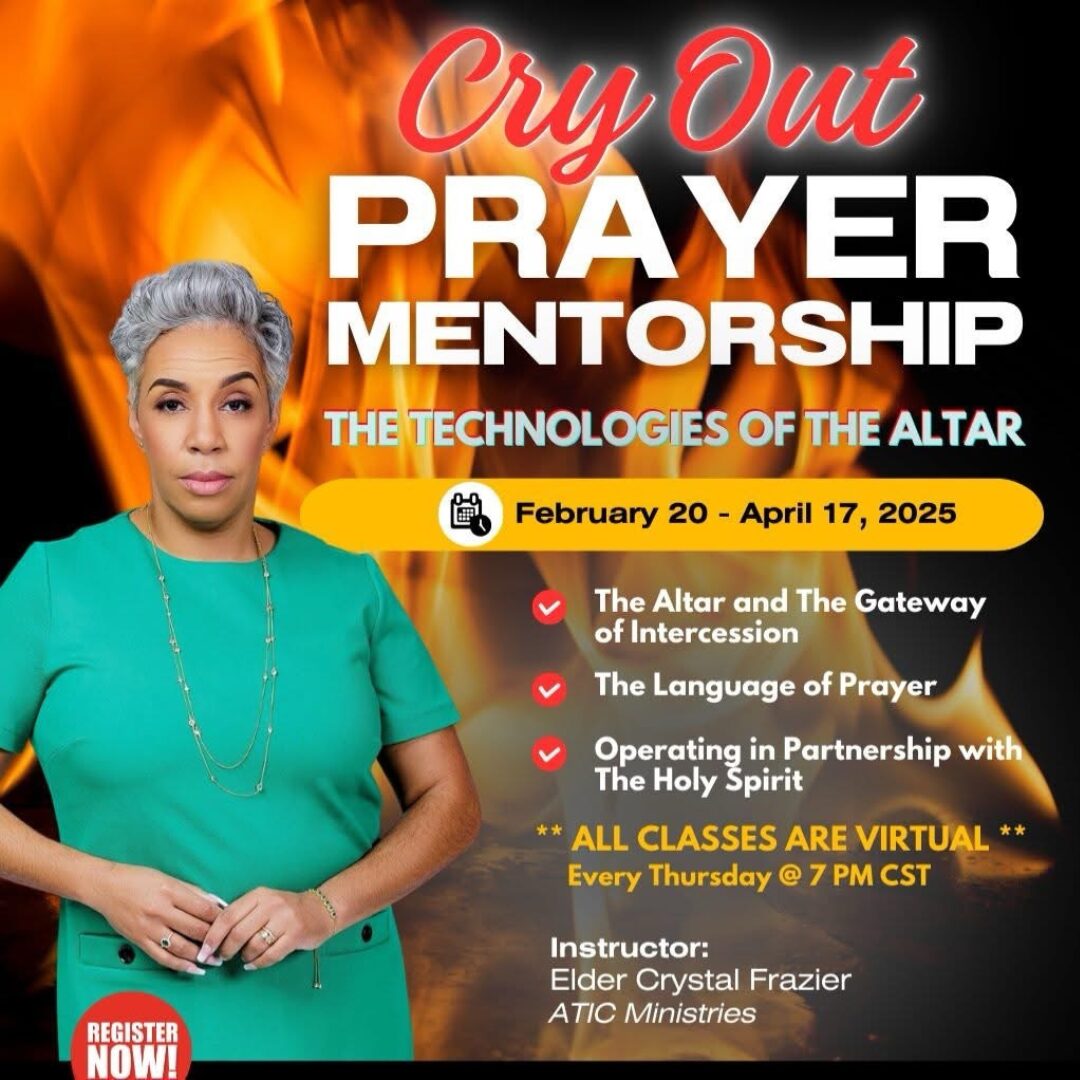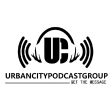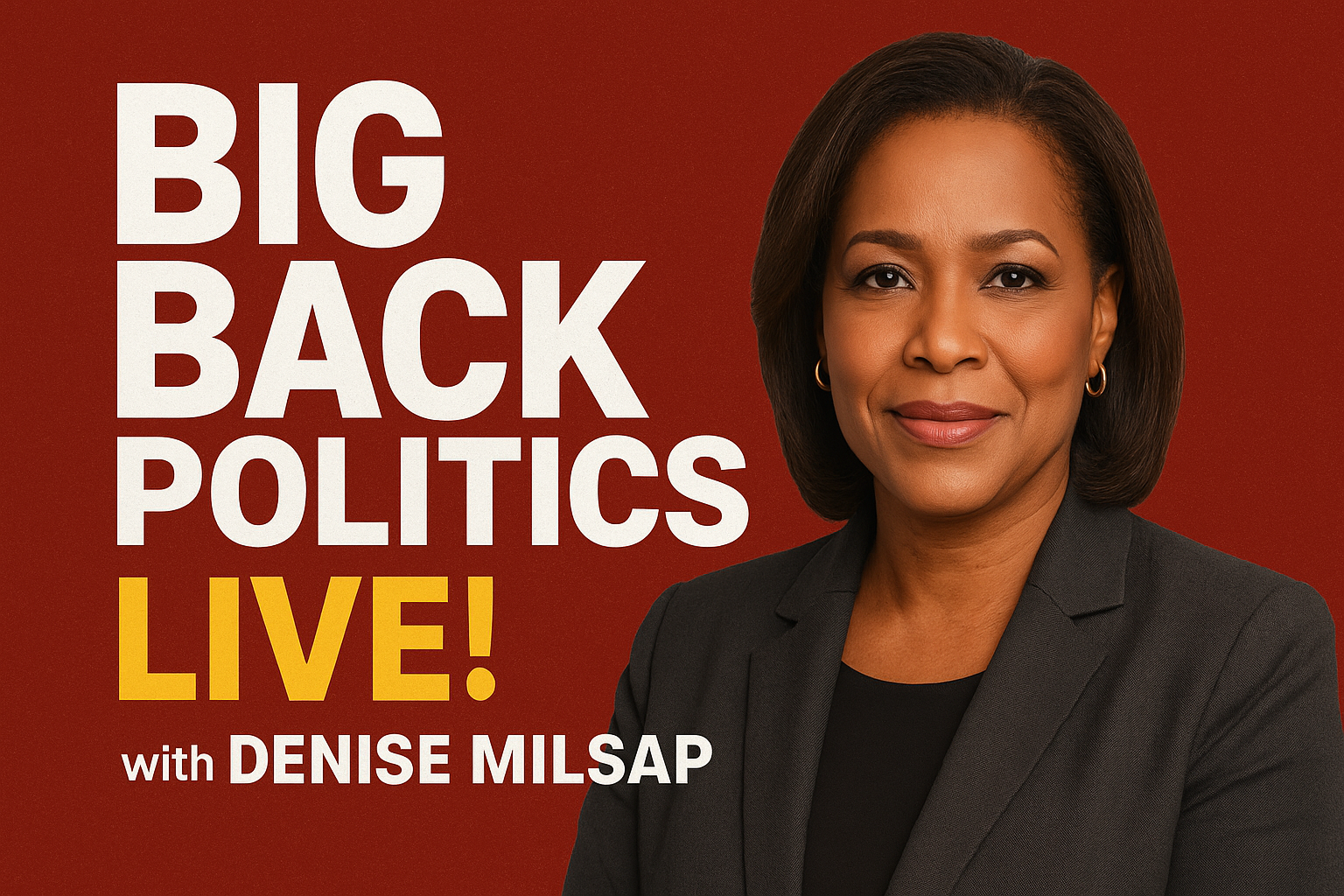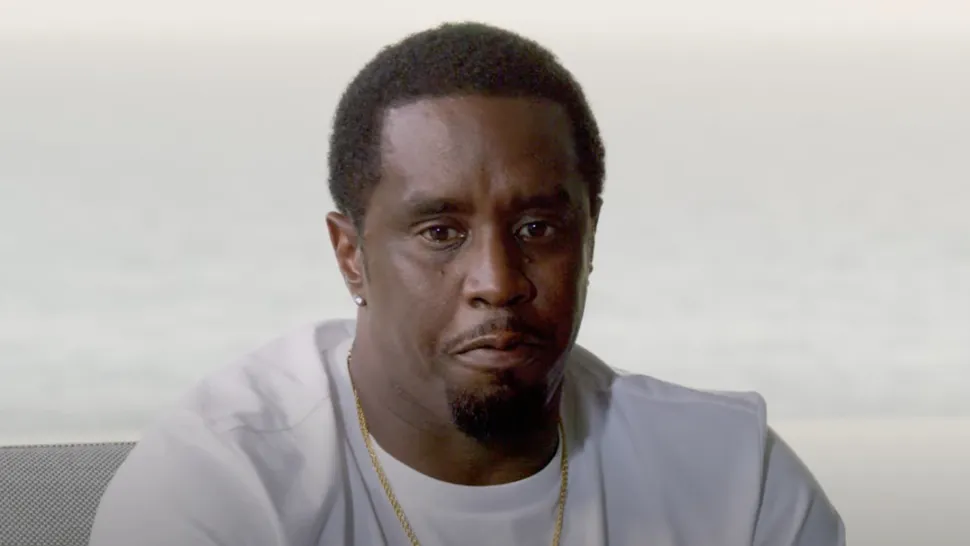Major Takeaways:
Accurate ADHD diagnosis requires collaboration between psychiatrists, teachers, and parents, as symptoms often mimic other conditions.
Medications remain the most effective ADHD treatment, but therapy and parent support can further help children navigate challenges.
Core childhood wounds, or “primal wounds,” can be reframed into strengths, helping individuals turn trauma into resilience and healthier communication.
Turning Trauma Into Strength: ADHD Treatment and the Power of Primal Wounds
You’re listening to Radio Health Journal, the trusted news source for medicine, science and technology. I’m Elizabeth Westfield. I’m Mayan Vasta Betancourt.
And I’m Greg Johnson. This week, how to turn your trauma into your biggest asset. Your past is not your problem.
It actually becomes your superpower. My framework actually flips the script entirely and says, there’s nothing wrong with you. Let’s embrace it and take it and do something with it.
But first, why ADHD treatment needs a team-based approach. Even if it’s the best medicine and it’s really helpful for this kid, if that medicine doesn’t get into that kid’s mouth and into the body, it’s not going to be helpful. All that and more this week on Radio Health Journal.
Do Crohn’s disease or ulcerative colitis symptoms keep coming back? Tremphaya, gaselkomab, may help, with rapid remission achieved at 12 weeks and lasting clinical remission at one year. Some even saw visible improvement of their intestinal lining at 12 weeks and one year. Tremphaya is a prescription medicine used to treat adults with moderately to severely active Crohn’s disease and adults with moderately to severely active ulcerative colitis.
Serious allergic reactions and increased risk of infections and liver problems may occur. Before treatment, your doctor should check you for infections and tuberculosis. Tell your doctor if you have an infection, flu-like symptoms, or if you need a vaccine.
Healing is possible with Tremphaya. Approximately 3 out of 10 patients were in endoscopic remission at one year, based on areas visualized on colonoscopy, which may not represent the deeper bowel layer or entire GI tract. Individual results may vary.
Ask your doctor about Tremphaya today. Call 1-800-526-7736 to learn more or visit Tremphayaradio.com. Though many of us are familiar with attention-deficit hyperactivity disorder, or ADHD, the journey through treatment isn’t as straightforward as you may assume. Dr. Bradley Peterson, a child and adolescent psychiatrist, says the very first obstacle families face is getting an accurate diagnosis.
He says that there are various other conditions that mimic similar symptoms, which can lead patients down a rabbit hole of misdiagnoses. Maybe the most common thing is kids who are very anxious. They can be quite fidgety because they’re anxious.
And when you’re anxious about things, like in a classroom, whether the kids are looking at you or thinking badly of you, or the teacher’s thinking badly about you, that can absorb your attention and distract you from paying attention to what you need to pay attention to in class, what the teacher’s saying. Most psychiatric and mental health and behavioral problems, in fact, have some impact on our ability to pay attention and stay focused. It’s a pretty nonspecific symptom, and so a lot of things can look like ADHD or be confused with it.
Peterson is chief of the Division of Child and Adolescent Psychiatry and co-director of the Behavioral Health Institute at Children’s Hospital Los Angeles. There are three core symptoms of ADHD, hyperactivity, inattention, and impulsivity. When people think about ADHD, their first image is that really hyperactive type.
And it’s usually the stereotype of a little boy who’s sort of all over the place physically. What’s happened over the years is it’s gotten really convoluted. And when people have inattention and they’re more subtle, like we often see with women and girls who have ADHD, they tend to be under identified and less likely to be seen by others.
That’s Dr. Andrew Kahn, associate director of expertise and strategic design at Understood, a nonprofit for learning and thinking differences. Their new interactive tool called Through My Eyes offers users the ability to understand how neurodivergent kids think. And as you navigate through the simulation, what you commonly see is that kids who are going through their day-to-day lives are experiencing things that we don’t always see.
So as the simulation goes on, it is narrated by the kids themselves. We also see through Through My Eyes videos where we have nine different kids talking about their life experiences with learning and thinking differences and being neurodivergent. And I think that what you see in that situation is that the experiences as they’re narrated to you by the kids themselves gives you insight into things that you wouldn’t have seen otherwise.
Kahn says the program’s goal is to help neurotypical people truly understand the obstacles kids with ADHD face. Many of the tasks are ones that may seem easy to others, like brushing your teeth or tying your shoes. People get lost in the behavior that they see.
So if a child has, let’s say, ADHD as our example, and they’re feeling really challenged by an activity, what you’re likely to see is behavior. So people are going to say, oh, that child’s out of their seat, or they’re refusing to do a task. And in turn, people draw assumptions that that kid is lazy or defiant or unmotivated.
And what they can’t see is that that child is trying to filter out all of that stimulation, trying to focus their attention or navigate their energies. And those kind of misunderstandings can really lead to a lot of difficulty. Like being reprimanded or taken out of the classroom without having their struggles ever addressed.
However, the necessary support can only come after a kid has gotten an accurate diagnosis. The ideal medical professional for this is a child psychiatrist, but they can be hard to find and even harder to access. Thankfully, Peterson says teachers are a valuable resource in this journey.
Teachers can compare this child’s behavior and their ability to stay focused on a task with all the other kids in the class, all the other kids that they’ve experienced in their teaching careers. Teachers are very, very good sources of information. Once that diagnosis is made, the next hurdle is finding the right treatment.
Every case is different, but Peterson says there are generally two major categories of treatment, medication and therapy. And it can be hard to access either one or both of those. I would say that typically, in general, accessing really good psychotherapy and behavioral therapy is much harder, much harder.
And even when you can access it, it’s very difficult to gauge the skill set of the therapist and the care provider. Someone who calls themselves a therapist, not all of them are the same. Calling yourself a therapist doesn’t make you one and it doesn’t make you a good one.
So discerning who’s good and really qualified is really difficult and important. Which is where having a referral from a trusted medical professional can be extremely helpful. On the other hand, medications can be a bit easier to get right because Peterson says many pediatricians know how to prescribe the most common ones for ADHD.
That’s especially good news since his 2024 paper shows that drugs tend to be the best treatment for this condition. About 80% of kids will benefit from that first trial of medicine. And it helps not only with the core symptoms of ADHD, but with other problems as well.
So just global impressions of how the child’s doing clinically, it helps with that pretty dramatically. It also helps with other problems like disruptive behaviors. You know, some kids with ADHD, because they’re impulsive, they can be more aggressive than other kids.
They can have trouble following rules and those sorts of things. And medicines generally help with those problems as well. So they’re helpful not only for the core symptoms of ADHD, but the other kinds of problems that often come along with ADHD.
So the benefits are substantial and most kids will benefit pretty dramatically from medicine. Peterson’s systematic review, published in the journal Pediatrics, looked at how effective various interventions are on the symptoms of ADHD. And though drugs are at the top of that list, they do still have side effects that can deter some patients.
They can cause appetite suppression, sleep issues and irritability. But Peterson says it’s worth taking the time to find the one that works the best for each person. There are two major classes of drugs to choose from, stimulant and non-stimulant.
Peterson says stimulants are the most common and are widely helpful. But there are many reasons why parents choose to give their kids one type over the other. I would say some families and parents in particular have a conceptual, ethical, even moral bias against stimulant medications.
They’re afraid that they’re addictive, which when used appropriately and when prescribed by an experienced clinician, they are not addicting. But parents fear that they could be. They think that somehow those medicines will change brain structure and function when in fact, our studies suggest that they don’t.
And if they do, it actually improves brain structure and function. So there are a lot of biases, especially parents will come in with. Sometimes prescribers will.
I would say most commonly it might be some pediatricians are reluctant to prescribe stimulants based on misinformation and some of the same biases that misinformed parents can have. That’s not to say that every patient will respond better to stimulants. It’s truly a case by case basis.
There’s no right course of treatment, only that medication is an important part of that journey. Peterson’s paper also revealed that supporting the parents of kids with ADHD can be very helpful. There are various types of interventions his review looked at, and many of them turned out to be worthwhile.
The intervention that most clinicians in the field believe help kids with ADHD, especially kids with ADHD who also have disruptive behaviors, trouble following rules. Maybe they’re aggressive, so disruptive behaviors. Most people feel that something called parent management training.
That’s what I refer to it as. It has it goes by a number of other names, but what it involves descriptively is helping parents learn the principles of behavioral management for their child to help with consequences for behaviors that you want to reinforce, like following rules and doing homework and that sort of thing. And discouraging behaviors that you would prefer not to be there, like aggression, verbal or physical aggression and how to deal with that.
So you help the parents become really the best behavioral therapist for their kid that you can possibly find because no one knows their child better than a parent. Since no two studies involved exactly the same parent intervention, Peterson’s team lumped them into one category and ran a bunch of statistics to see if as a group, parent support was effective for helping ADHD symptoms in kids. And regardless of which intervention was used, they found that this support can be a major benefit.
What came as a big surprise for the research team was what they found when they paired multiple of these helpful interventions together. Most people, most clinicians and most parents believe instinctively that if medications help and psychotherapies or parent support helps, well, one plus one will equal two. And so if medications help some, but you need more help, well, let’s add parent support to it or psychotherapy for the child.
And a number of studies have tested this, whether combination treatment like that is better than a single intervention alone. And what is surprising is we didn’t find evidence of the case. So one plus one here doesn’t necessarily equal two.
That doesn’t mean that combining therapies will never be effective. It just means that on average, when looking at an overall group, there’s no evidence that it’s beneficial. Individual kids still may find a combination of therapies helpful.
And Peterson says that a good clinician will be able to see which are best for their specific patient. And possibly the most important part of this journey, regardless of which type of therapy is used, is that the choices are made in partnership with the medical professionals, parents and child. They have to buy in, know why this is helpful, and the parents need to buy in.
It all needs to be a team-based approach. Otherwise, it’s not going to work. Because even if it’s the best medicine and it’s really helpful for this kid, if that medicine doesn’t get into that kid’s mouth and into the body, it’s not going to be helpful.
You can find more information about Dr. Bradley Peterson, Dr. Andrew Kahn, and all of our guests on our website, RadioHealthJournal.org. Our writer-producer is Kristen Farah. Our executive producer is Amir Zaveri. I’m Elizabeth Westfield.
Coming up, rewiring your brain for healthier communication, when RadioHealth Journal returns. As we get older, we may feel strong and healthy, but no matter how healthy you feel, your immune system weakens with age. That’s where vaccines come in.
Vaccines help train and strengthen your immune response to fight off certain respiratory illnesses. And that’s why the CDC recommends eligible adults 50 or older or those with certain health conditions get vaccinated. Ask your doctor or pharmacist, which vaccines you need.
Schedule in minutes at vaxassist.com. Sponsored by Pfizer. At Charmin, we heard you shouldn’t talk about going to the bathroom in public, so we decided to sing about it. Charmin Ultra Strong.
You can use less, better than the rest. Charmin Ultra Strong. Your booty pass the clean test.
Charmin weave texture, it’s the best. Study up, teach a lesson on fresh. Your booty pass the clean test.
Charmin Ultra Strong. Charmin Ultra Strong with diamond weave texture. Cleans better than a leading one-ply brand so you can use less.
Enjoy the go with Charmin. Have you ever wondered why you react more strongly to a situation than others around you? Maybe it’s a moment that makes you feel left out or not good enough, and you can’t seem to shake that cycle of frustration. Dr. Michaela Renee Johnson believes these patterns stem from our core beliefs she calls primal wounds that begin in childhood.
And it doesn’t necessarily mean that we had a bad childhood or some major traumatic event. It’s just simple, small, little things that can lead us to formulate these things. And there are seven of them.
And I’ll give you an example. So it might be I’m not good enough. Perhaps you’re just not doing well in school as a young person.
And so you start to tell yourself, I’m not good enough. As a teenager, it becomes I’m never going to be good enough. I’m never going to make the basketball team.
I’m never going to achieve what I want to achieve or get that job that I want. And then as an adult, you paradoxically pick out people and situations that affirm that belief. And the reason is because it’s actually comfortable.
It’s actually safer to choose someone that is going to invite that situation into your life than it is to do something different because we’ve dealt with it and lived it our whole lives. Johnson is a psychotherapist and author of Seven Primal Wounds. The seven wounds include feeling insignificant, inadequate, damaged, powerless, incapable, undeserving and like an outsider.
And though these seem to be negative emotions, Johnson says having these innate feelings is very normal. It’s essentially your mind’s version of touching a hot stove and then making sure that never happens again. So instead of trying to get rid of this protective mechanism, Johnson argues that we need to embrace it and learn how to make it our own personal superpower.
We inherently know when we’re walking into relationships, they could hurt us. And so we’re always looking for the potential threat. That’s not a bad thing.
That means we’re working very well. It means our brain is doing exactly what it is supposed to do. But just like the hot stove situation, it doesn’t mean we stop cooking.
Right. Like it doesn’t mean we can never use the stove because we’ve gotten burned once. So this is what the book’s about.
It’s really exciting. It’s actually teaching people that you’re not broken. You’re doing great, but you probably could benefit from learning about your activations and what’s causing them so that you can disempower it and have healthy relationships moving forward.
Johnson says each wound comes with its own unique triggers and characteristics. So, for example, if my friends don’t invite me to go out on Friday night because I don’t have the I am an outsider wound, I probably don’t care. I’m like, cool, I’m going to go do I’m going to go for a hike.
I’m going to go whatever. Like, it’s not going to bother me. But if I feel unchosen for something, then that might have a much deeper impact.
Which is why understanding which wound you have is crucial to controlling how you want to respond in certain situations. What’s interesting is that Johnson says in many cases, whatever your core belief is will be what drives you later in life. So the powerless wound is going to go out to do something that they might choose something where they’re very empowered, right, where they’re in a position of power or they’ve they might choose something because of their bleeding heart nature, where they’re, you know, working in a role that they’re helping others.
However, they might also pick a relationship with a very needy partner and that’s going to quickly build resentment and frustration. Like, why are they so needy? Why are they constantly needing me? Even though they actually sought that out because it’s their wound and what they know and what they want to attach to. And this does play a lot into attachment theory.
But in our work and in our decision making processes, sometimes we’ll say yes to things from the wounded lens that we should be saying no to. Johnson says if someone’s unaware of how their primal wound is causing them to react, it can draw them into a harmful cycle. However, her research has found that when used with intention, these core beliefs can still act as a protection without impeding on the rest of your life.
We can actually rewire our brain. There is tons of research that is coming out, including my own, that is showing you can actually rewire these primal pathways. You can choose different.
And this is the hot stove analogy. You can touch the hot stove, go, dang, that was hot and still cook on the stove because you can learn how to embrace it with a different mindset, embrace it with a different set of plans for how you’re going to navigate if it’s hot. Right.
And once you know that, you can actually use your best skill set ever as your superpower. Your past is not your problem. It actually becomes your superpower.
And so that’s the beautiful part of primal wounds. It’s not negative at all. It’s actually really positive focused.
It’s taking what is your human emotional survival that a lot of work has not been exposing and turning it into something that you can actually look at and call out and have a conversation with. These conversations will probably look different depending on which part of yourself becomes activated. Johnson says that the issue she sees most in couples she works with is that they’re constantly triggering each other without resolving any of the problems.
We can’t be constantly wounding one another without repairing it. Otherwise, we’re walking around with a shield. So that’s when people say we don’t talk anymore.
You know, we stonewall, we disengage, all that kind of stuff. So instead of automatically reacting like you normally would in a tense situation, Johnson says you should pause. Give yourself a breath to realize how you want to naturally respond and ask yourself if that reaction will be helpful to your end goal.
It’s very easy to become defensive in arguments and want to blame the other person. In fact, you can know all the mental health tools for positive communication, but without mindfulness and intention, those tools can easily become ammunition. A hammer is a weapon or it’s a tool, depending on how you’re using it.
So I really teach them like we need to think about tools a little differently because if you’re swinging a hammer when you’re ticked off, it’s probably not an effective tool. It’s a weapon. Right.
So that’s kind of the thing is really recognizing what’s going to work for your wound, how to disempower it by calling it out. And frankly, what I see more often than not is we really like to put expectations on our partner. And I heard a great phrase from somebody just yesterday.
They said expectations are premeditated resentments and the partner is never going to deliver on the repair because they don’t know how to do it. They’re not you. They’re not in your body.
And so the biggest fatal mistake I see is expecting our partner to do the next right thing. We have to do the next right thing to fix ourselves, to help ourselves, to improve and stop the pattern. There are a few ways that Johnson recommends getting familiar with your primal wound.
For some people, the scariest part of this work happens when they have to start putting each exercise into practice. The undeservers, right, they love to be yes people. They will say yes, even if they are completely expended and exhausted and don’t have a yes in them.
They will say yes, they will take it on. So the undeservers, what they might work on is, for example, saying, while I would love to pick up your kids from school for you, I actually can’t do that. Thank you for understanding.
So this is a rewire, right? What my undeservers love to do is they love to say either they’ll say, no, I’m so sorry. I can’t do that. I’m so sorry.
I would love to. But I just really I’m so sorry. Right.
And they’re just completely living in that. I am not deserving of having my own time or being able to say no. Right.
So for that example, what we might say is I appreciate that you’ve asked me and I can’t do that today. Thank you for understanding. No apologies, no undeserver narrative, just going to take time for myself because I deserve it.
I deserve to have this time. Each exercise is custom to every wound and how it manifests in each individual’s life. If you’re wondering where to start, Johnson offers a free quiz on our website, 7primalwounds.com. You can find more information about Dr. Michaela Johnson and all of our guests on our website, RadioHealthJournal.org. Our writer-producer is Kristen Farah.
Our production manager is Jason Dickey. I’m Greg Johnson. And I’m Kristen Farah.
Radio Health Journal returns in just a moment. Progressive’s teen driver discount could lower the cost of insurance for your teenager and save you some money. And then you can still spend money on them, because just when you think you have a grasp on spending new sneakers and then it’s money for a school field trip and, of course, spending money.
Oh, yeah. And a new phone to replace the one they dropped in the toilet. Oh, don’t remind me.
So just get Progressive’s teen driver discount and then you can continue to spend money on them endlessly. Progressive Casualty Insurance Company and Affiliates. Discount not available in all states and subject to terms and conditions.
Downy Rinse and Refresh. Break up with stinky clothes. Delivers.
One wash, it smells so clean. Downy Rinse and Refresh. It’s a dream.
Downy Rinse and Refresh. Fights odor in just one wash. Guaranteed.
I’m still going for it, even with higher stroke risk from atrial fibrillation and a regular heartbeat not caused by a heart valve problem. Over a three year study, Eliquis Apixipan tablets reduced stroke risk better than Warfarin, and over 97 percent of Eliquis patients did not experience a stroke. A first stroke occurred in 2.9 percent of Warfarin patients versus 2.3 percent of Eliquis patients.
Don’t stop prescription Eliquis without asking your doctor. Stroke risk may increase. Eliquis can cause serious and potentially fatal bleeding.
Don’t take if you have an artificial heart valve, abnormal bleeding or antiphospholipid syndrome. While taking, you may bruise more easily or bleed longer. A spinal injection increases blood clot risk, which may cause paralysis.
Get medical help right away for unexpected bleeding or bruising or back pain, tingling, numbness, muscle weakness or incontinence. Aspirin products, NSAIDs, SSRIs, SNRIs and blood thinners increase bleeding risk. Tell your doctor about planned medical or dental procedures.
Learn more at Eliquis.com or call 1-855-ELIQUIS. Medical Notes this week. Some diseases are tough to self-diagnose, but AI is here to help.
Research in the journal NPJ Parkinson’s Disease has revealed a screening test that uses artificial intelligence to help notice signs of Parkinson’s. The program gives users two short sentences to recite, which both use all 26 letters of the alphabet. The AI then analyzes the recordings for patterns linked to the neurological condition.
It has an 86 percent accuracy. Does bacteria get a bad rap? The tiny microbes may help lower your medical bills. A study published in the journal M-Bio shows how scientists can engineer bacteria to overproduce vitamins.
This route would reduce the need for lab space and other raw materials, making the end product not only cheaper but more sustainable. The researchers are currently working on using this method to produce vitamin K2. And finally, have you had enough water today? Probably not.
And that’s a big problem. New research is showing that just two hours of dehydration severely impacts your cognitive processing. Attention, coordination, and complex problem-solving are usually the most at risk to suffer.
A study published in the journal Medicine and Science in Sports and Exercise argues that dehydration can raise the risk of accidents in hot workplace environments. And that’s Medical Notes this week. I’m Maayan Vasta-Bettencourt.
Hey, Mom, I’ve been meaning to talk to you about some new COVID information I saw online. I read that black folks like us with certain conditions like diabetes, heart disease, mental health conditions, or being 50 and older, like you, are at high risk. Boy, you sound like a commercial.
I’m just saying. I know you love your ginger teas and essential oils. But remember, there are treatment options for COVID-19.
I promise if I get sick again, I’ll call my doctor to ask about my options. Visit wetalkwerise.com to learn more. Brought to you by Pfizer.
Each week on the Viewpoints Radio Podcast, you’ll hear from our leading experts on an important topic within education, history, society, psychology, and more. For first-time homebuyers, it can be really disheartening to look at the mortgage market right now, to look at the home prices, and just imagine being able to purchase a home and seeing that slip out of reach. Viewpoints Radio Podcast is produced by our team of award-winning journalists.
Subscribe today by searching Viewpoints Radio wherever you listen to podcasts. Thank you for joining us this week and every week as we break down the science stories you need to know. You can find all of our past segments and guests on our website, radiohealthjournal.org, or wherever you listen to podcasts.
Follow us on Instagram, Facebook, and X for daily content. And tune in next week for another edition of Radio Health Journal.
